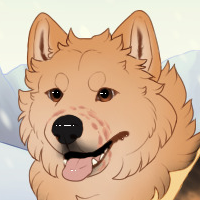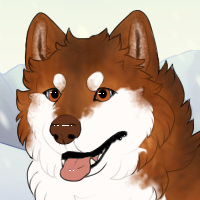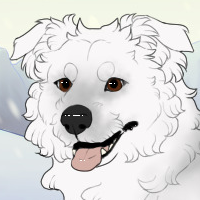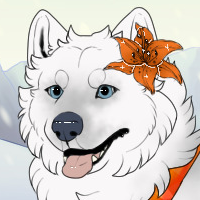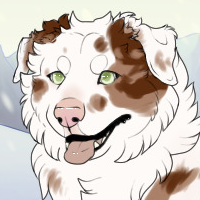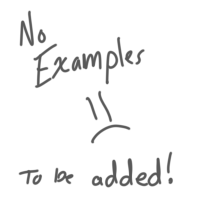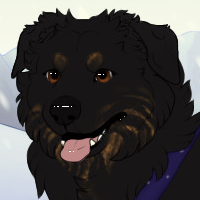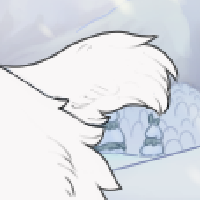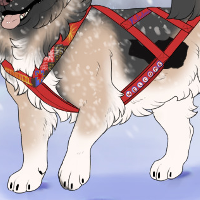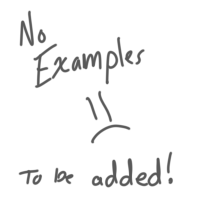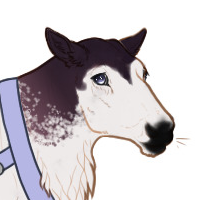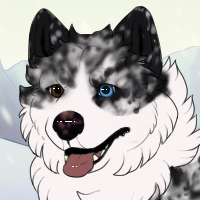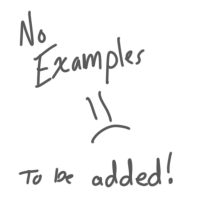Traits
Upright Ears (Common)
Normal Ears that stick upright. They are recessive and the genetic code for normal ears is N.
Normal Fur (Common)
Husky fur that is thick, straight, and standard! This trait is recessive and the genetic code is F.
Curly Fur (Unique)
Husky fur that is longer and curly! This trait is recessive and the genetic code is fc.
Silvering (Atypical)
Silvering is pure white markings, regardless of other genes. It is recessive and its genetic code is sl.
Merle (Infrequent)
Huskies with merle will show a single copy of the Merle gene. This will be displayed as Mm.
Double Merle (Unique)
Huskies with double merle will have a double copy of merle gene. This causes serious health issues like blindness and deafness and will be displayed as MM.
Chimeric (Unique)
This form of mutation occurs as a genetic split where one dog has multiple (primarily two) genotypes. This can present itself through sporadic patches resulting in even coverage or through a split almost down the center.
For dogs that are chimeric, they have a 25% chance of passing on the mutation (75% if both parents are chimeric). If a puppy is not chimeric, the chimeric parent is rolled 50/50 for which genotype to use.
Floppy Ears (Atypical)
Husky ears that are completely floppy! They are recessive and the genetic code for floppy ears are nn.
Natural Bobbed Tail (Unique)
The natural bobbed tail is a genetic condition causing a bobbed tail, similar to cropping. However, dogs with this mutation are naturally born like this! This effects the 13th locus, the ear/tail series.
Any dog with a natural bobbed tail will add an + to the specific gene that is being modified. In respect to the other tails, the bobbed tail is recessive, so it requires either N+N+, nh+nh+, or n+n+ to work properly.
Dwarfism (Legendary)
This form of mutation occurs only on dogs with standard fur, and results in a much smaller stature than the general Baltic Husky would be.
For dogs with dwarfism, they have a 50% chance of passing on the mutation as long as the puppy has at least one F / normal fur gene (100% if both parents have dwarfism). Any dogs with dwarfism will only have two slots maximum.
Wolfism (Legendary)
Nothing listed here yet... maybe as more dogs get released, mutations will pop up!
Expression (Common)
Small expression changes to eyes and mouth.
Feathering (Infrequent)
Feathering is longer tufts of fur around the feet of a Baltic Reindeer.
Heterochromia (Infrequent)
Heterochromia can result in Baltic eyes being two different colors, one color for each eye or one eye having split colors.
Longer Tail (Atypical)
Longer tails are a Baltic Reindeer specific trait where the tail on the Reindeer is a lot longer than normal.

